We are going to talk about one of the oldest cities in History -if not the oldest-, understanding as such those that have been inhabited continuously from its foundation to the present day. If I tell you that his name was Gubla, it won't sound familiar to most; if we look at its biblical name, Gebal, it may be more familiar and also a clue. But today we know it by its Greek name, which is Byblos, alluding to the fact that the papyrus was from there (acquired in Egypt, actually) with which the first Bible was made. .
Byblos is obviously an archaeologist's dream place but it also makes for an interesting summer tourist destination, once the stormy times of the long Lebanese civil war seem to be behind us and the country has begun to re-emerge.
So a visitor will find plenty of vacation attractions, among its beaches, the Mediterranean cuisine offered by its fishermen, the marina, the many entertainment venues, the possibilities offered by the nearby mountains, a couple of curious museums (one of fossils and another of historical figures made of wax) and even an international music festival.
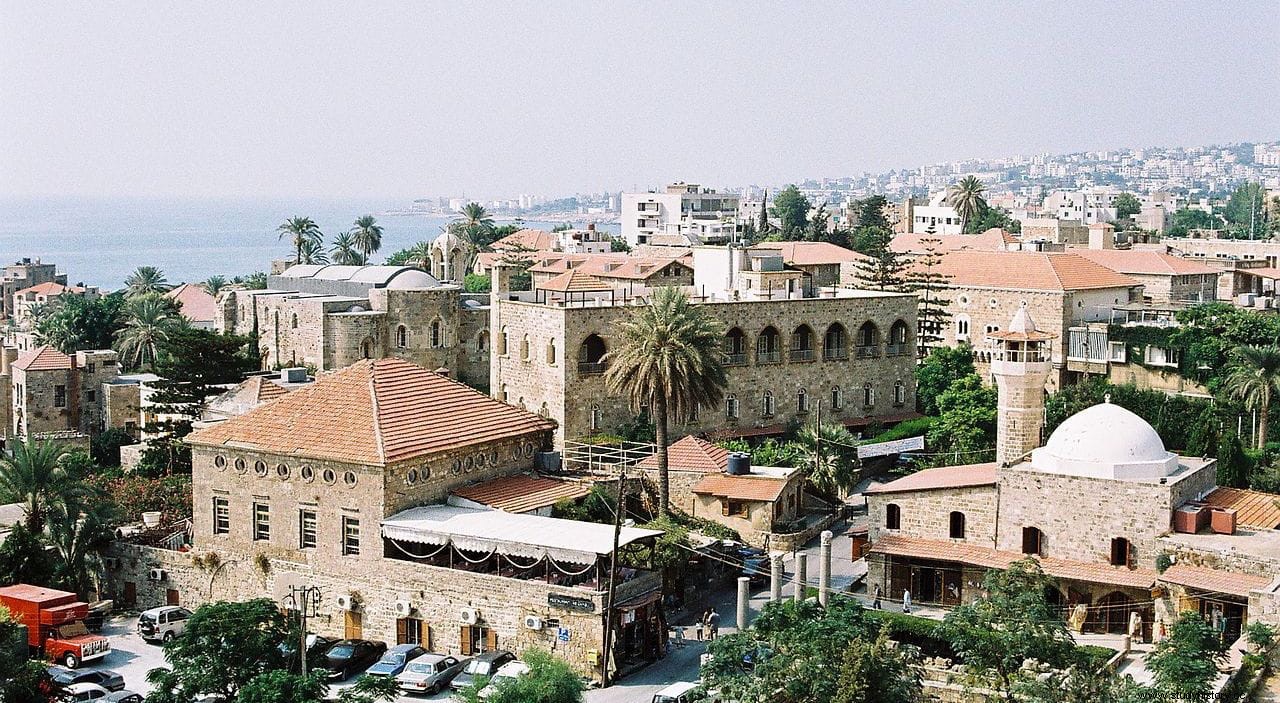
And, as we said, to all this we must inevitably add its vast monumental and archaeological remains, which UNESCO has incorporated into the World Heritage Site and which are made up of the temple of Baalat Gebal (dedicated to the homonymous Phoenician goddess), the Ain el-Malik (Primavera del Rey, a cistern twenty meters deep that you go down a spiral staircase and that provided water to the inhabitants), the Temple of the Obelisks (built on a previous one), a necropolis that includes royal tombs, a Roman theater, a medieval wall, a cathedral church and a castle built by the Crusaders in the 12th century, and a 17th-century mosque.
Byblos sits on a hill (such is the meaning of its Phoenician and Arabic name; Muslims still call it Jbail) overlooking the sea since its foundation, calculated between the eighth and sixth millennium BC. That ancient chronology, we said, makes it one of the oldest inhabited cities in the world, a select club made up of places like nearby Jericho, the Mycenaean Argos or the Egyptian Luxor, to name just a few examples.
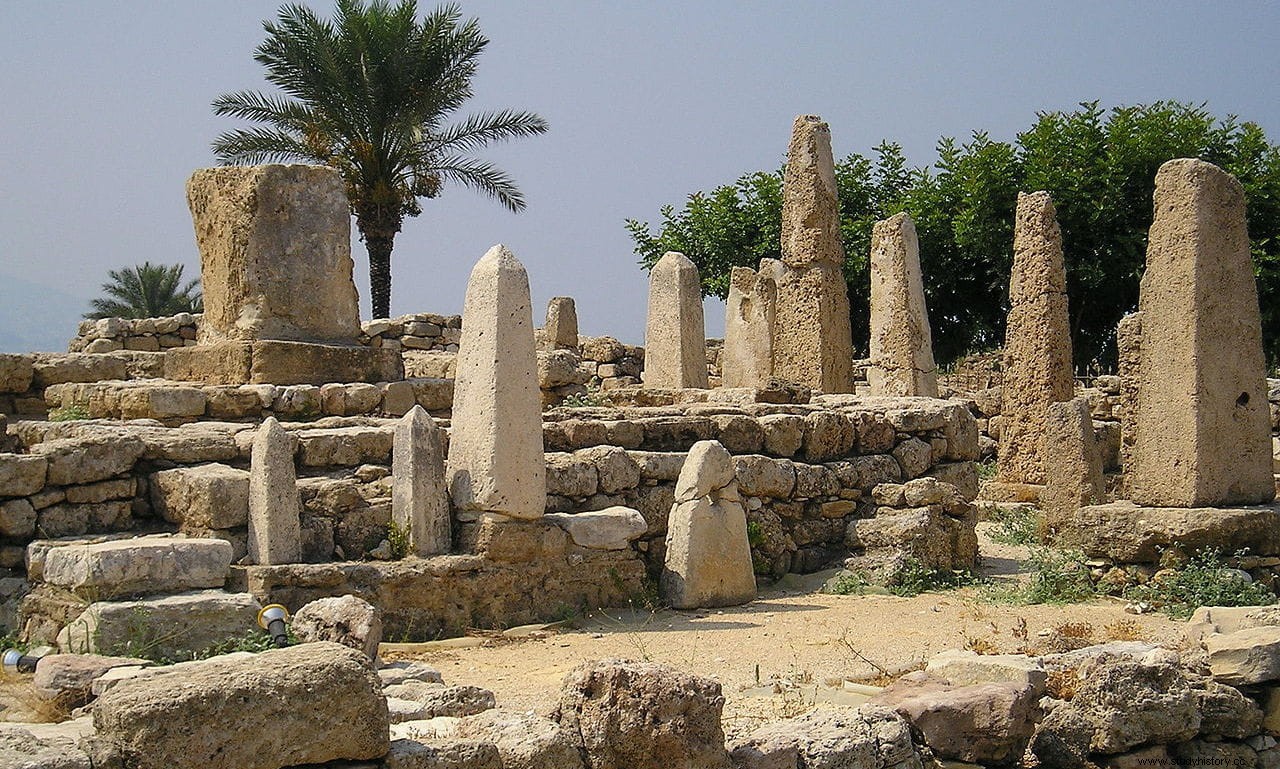
There are other previous but abandoned at some point in its history. In the case of Byblos, its exact age depends on the moment that is set, since it can be considered a city from the third millennium BC. but dating techniques have detected previous settlements, one from the Chalcolithic (Copper Age) around 5000 BC, and another from the Neolithic around 7000 BC.
But considering Byblos as the oldest city in the world is not something new. It already appears thus cataloged in the History of the Phoenicians s, by Helenio Philo, a Punic scholar born there precisely in the time of Nero, who actually translated into Greek the work of the priest Sanjuniatón, author of a text that compiled cosmogonic and religious legends of Phoenicia and Egypt.
It is not surprising, then, that archaeologists were interested when the profession began to develop scientifically in the mid-19th century.
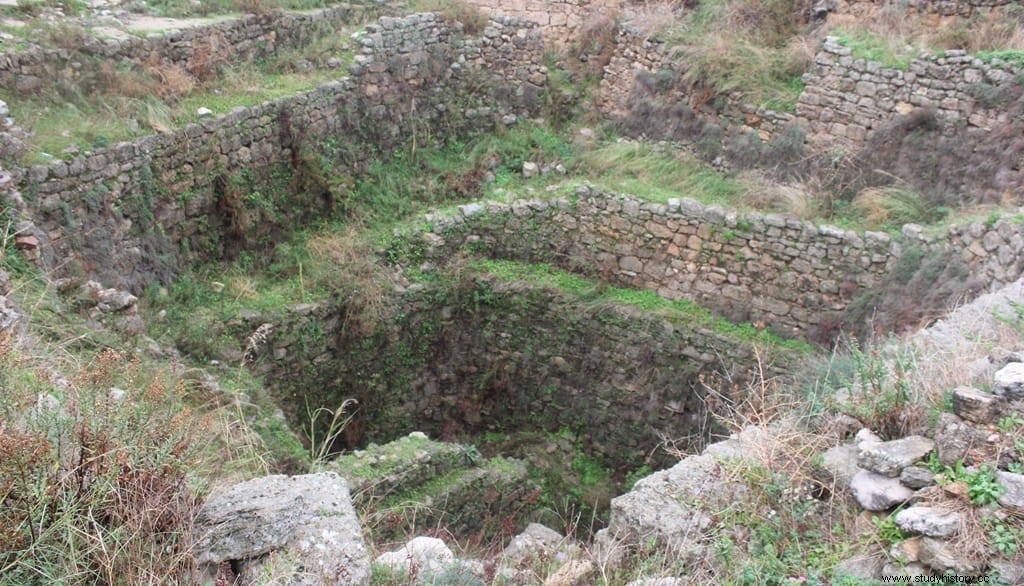
The first to arrive, in 1860, was the Frenchman Joseph Ernest Renan, who was investigating the life of Jesus and wanted to prove that Byblos was the biblical Gebal. He published the results of his work over a decade, between 1864 and 1874, under the title Mission de Phénicie .
Then it was necessary to wait for the new century for two compatriots to continue the task:first, from 1921 to 1924, the Egyptologist Pierre Montet excavated in search of burials of rulers of the Middle Kingdom, capturing his discoveries in Byblos et l'Egypte, quatre campagnes de fouilles à Byblos (1928).
Then, from 1925 and for the next forty years, until the outbreak of the civil war, the Orientalist archaeologist Maurice Dunand led the Gallic archaeological mission in Lebanon. Thanks to his stratigraphic work, it has been possible to better understand the Neolithic stage of Byblos, identifying the period in which the first settlement was founded:pre-ceramic B, which covers more or less (depending on the region) from 8300 BC. to 7000/6800 BC Jacques Cauvin and Henri Victor Vallois expanded the information with their finds of flint tools and human remains. Henri de Cotenson and the Lebanese Emir Maurice Chehab also made important studies on ceramics and burials, respectively.
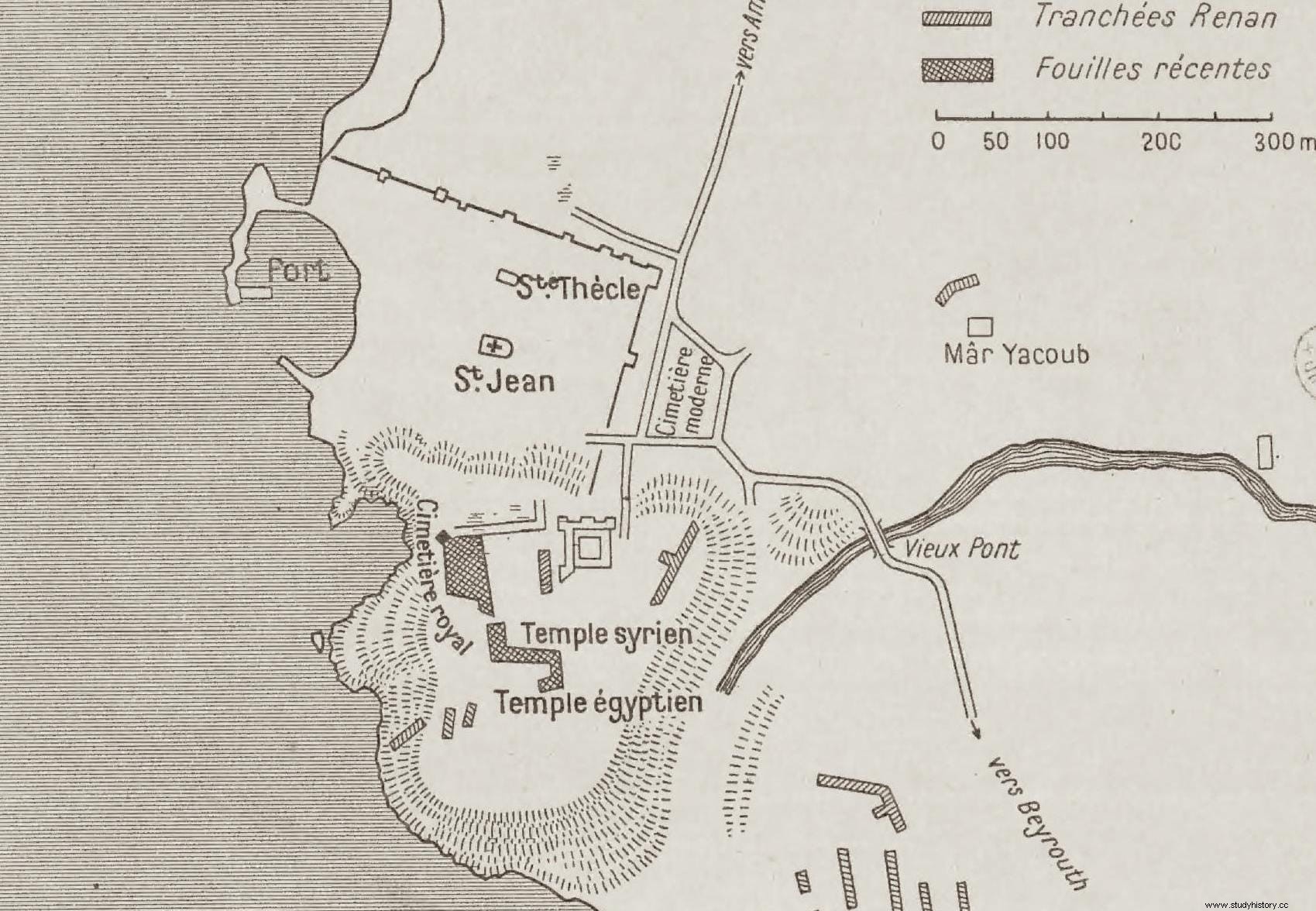
In contrast, the urban character of Byblos, defined by well-constructed and uniform architecture, would not arrive until 3000 BC, coinciding with the development of the Canaanite civilization. Canaan was a region that encompassed a strip from Gaza to the Orontes River, entering a hundred and a half kilometers inland, with parts of present-day Jordan, Israel, Palestine, Syria and Lebanon. It was then that the aforementioned Sanjuniatón placed the mythical foundation attributing it to the god Chronos, who was the Hellenic version of the Canaanite Baal, lord of rain, thunder and fertility, as well as the supreme creator and father of all other gods.
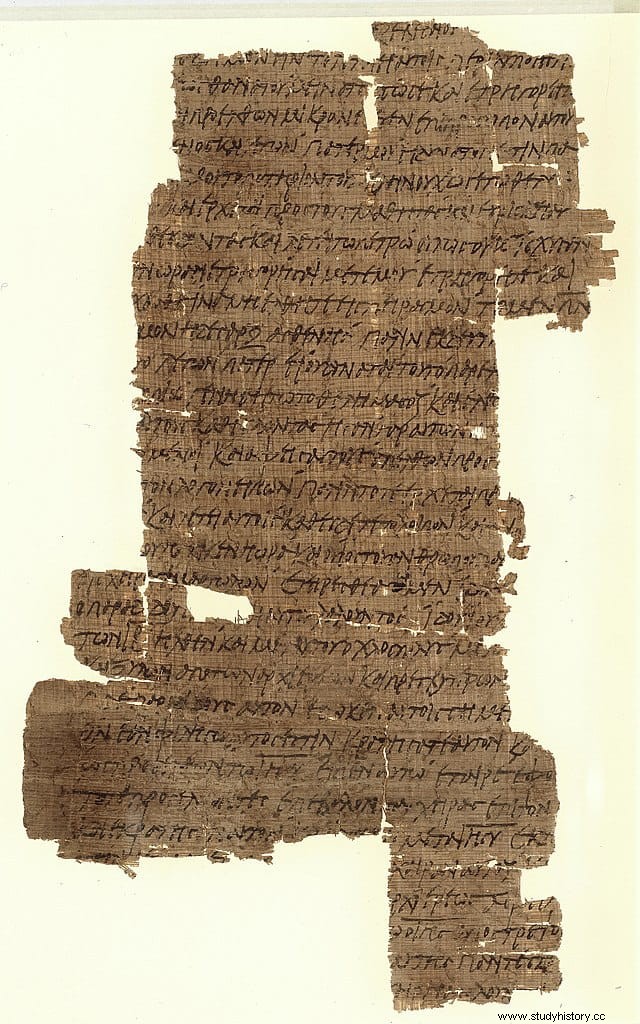
Byblos practically became an Egyptian colony during the Old Kingdom, a prosperous place that provided mainly cedar wood, since in the country of the pharaohs there was only palm wood, unusable for shipbuilding. Many sarcophagi of the First Dynasty were made from this highly prized product, and others were sent there in return. Among them was papyrus, which was very abundant on the banks of the Nile. The first biblical texts were written on this medium, which was thought to originate in Canaan, due to the fact that Byblos concentrated its traffic ("the city of papyrus", it is called nicknamed), which gave rise to the name by which the Greeks knew the city.
It maintained close commercial and political ties with the Egyptians throughout the centuries. In fact, mythology placed Byblos as the place where the goddess Isis traveled to recover part of the body of her brother and her husband Osiris, dismembered by Seth. Plutarco even specified more:it was in the cistern outlined above. That relationship did not begin to wane until the 20th dynasty, when Egypt's power declined irretrievably. There we get to know the Canaanites as Phoenicians, inventors of the alphabet, suppliers of wood, producers of purple dye and wine, who achieved a thalassocracy (government of the sea) thanks to the enormous splendor obtained with their merchant fleet, establishing colonies throughout the north of Africa, the Iberian Peninsula and the islands of the western Mediterranean.
Later the city fell, along with the rest of Phenicia, into Assyrian and Persian hands, before Alexander the Great took over the region. It then became Roman and Romano-Christian (the majority of its current population is still Maronite, an Eastern Catholic variant), until the Muslims arrived in the 7th century. That interrupted their trade with Europe and added to the list of causes that gave rise to the Crusades. As a result of them, Byblos was integrated into the county of Tripoli during the twelfth and thirteenth centuries but finally the Mamluks annexed it to the Ottoman Empire.
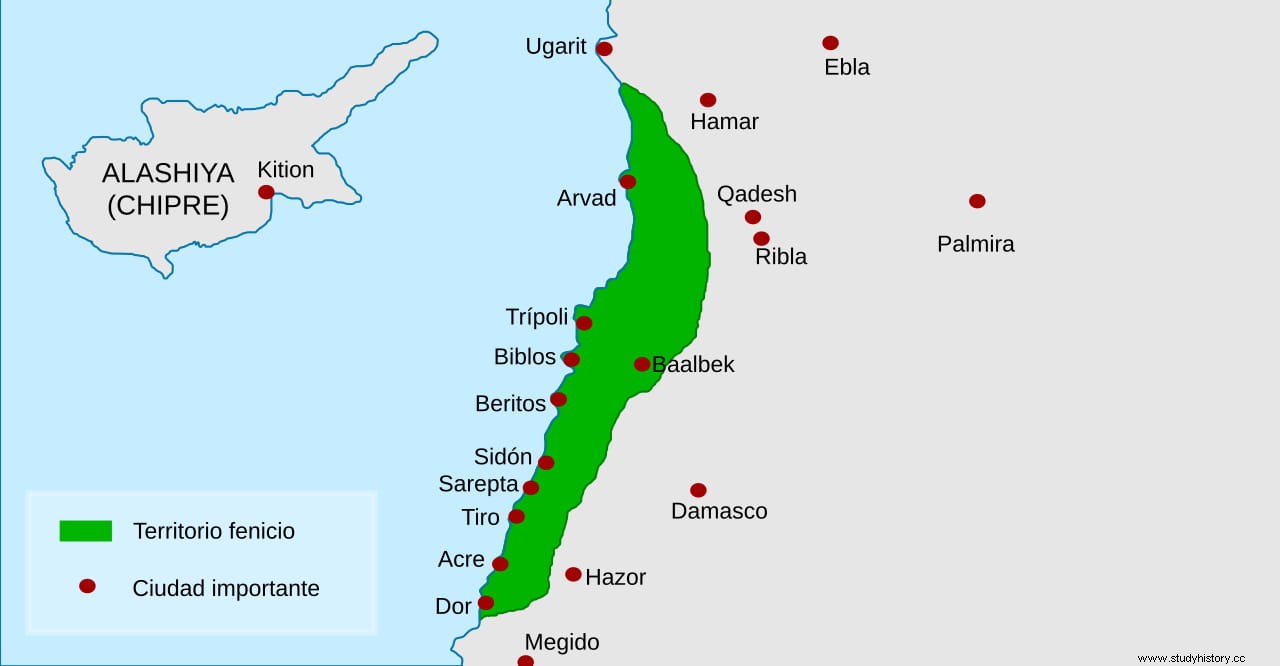
This continued until the end of World War I, along with the rest of Lebanon, under a French mandate. The country would gain independence in 1943 and flourished in the 1960s; the terrible civil war put him to the test and he seems to have finally overcome it.
